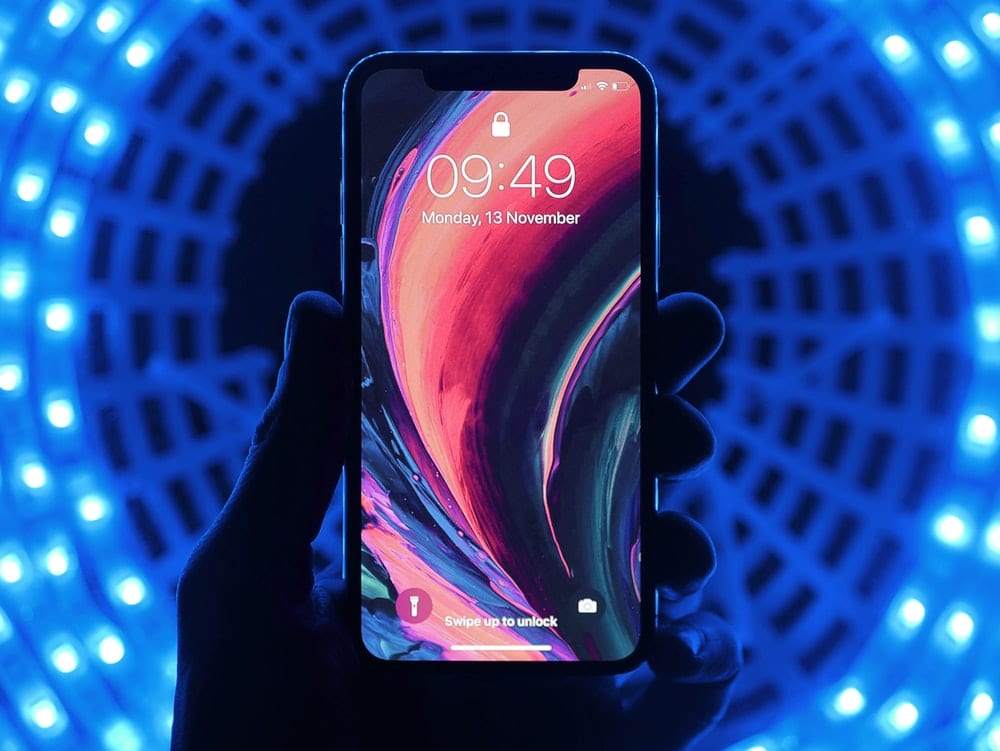Maybe you’ve been thinking about teaching yourself mobile development. Or maybe you’re wondering whether going to a development bootcamp is still worth it in 2019. If so, you probably have some questions about what development for mobile platforms is like.
That’s a big subject, and in this article we’re going to focus on one particular mobile platform and find out what language is used for iOS development.
What Is iOS?

You may have (or be) that one friend with really, really strong opinions about whether Apple or Android is best. Part of what drives these arguments is the fact that there are deep, pervasive differences between the two platforms. Naturally, this also means that developers for each platform are working with different tools and languages.
The iPhone Operating System, iOS, is the native platform for Apple devices. This includes iPhones, iPads, and iPods. That’s a wide range of devices a skilled developer could work on.
Like all operating systems, iOS plays a key role in controlling how applications and processes access resources and integrate smoothly with one another.
What Language Do I Need to Learn to Develop For iOS?

While it’s possible to code iOS in many languages, there are a handful that are popularly sanctioned and don’t require significant workarounds.
- Objective-C
The first language used in iOS development was the object-oriented C offshoot, Objective-C. While it has largely been replaced by newer technologies, Objective-C is still widespread and worth learning.
- Swift
Introduced by Apple in 2014, Swift is an iOS-native language which has become one of the most popular languages used in iOS development. Swift has a shallower learning curve than Objective-C and is probably a better place for coding novices who want to work with iOS to start learning.
The biggest differences between Swift and Objective-C come from the fact that Objective-C is 30 years old. It’s much clunkier and requires a lot more code to accomplish the same things as Swift. Swift is easier to read, easier to write, and it’s designed to fully integrate with all iOS devices, tools, and existing codebases. It’s therefore easy to write new code in Swift and to migrate old code into Swift.
Integrated Development Environments (IDEs)
Of course, nearly all development work of any consequence happens in an Integrated Development Environment, or IDE. As with languages, you can code in just about any IDE you want, but the officially-approved IDE for iOS development is called Xcode. Like most IDEs, it supports development with a suite of testing and debugging tools, but it also allows you to preview your apps as they progress. Frequent iteration and improvement is a major part of building cool apps.
This should give you some major pointers as to what languages and tools you need to develop for iOS! Happy learning.
About us: Career Karma is a platform designed to help job seekers find, research, and connect with job training programs to advance their careers. Learn about the CK publication.



